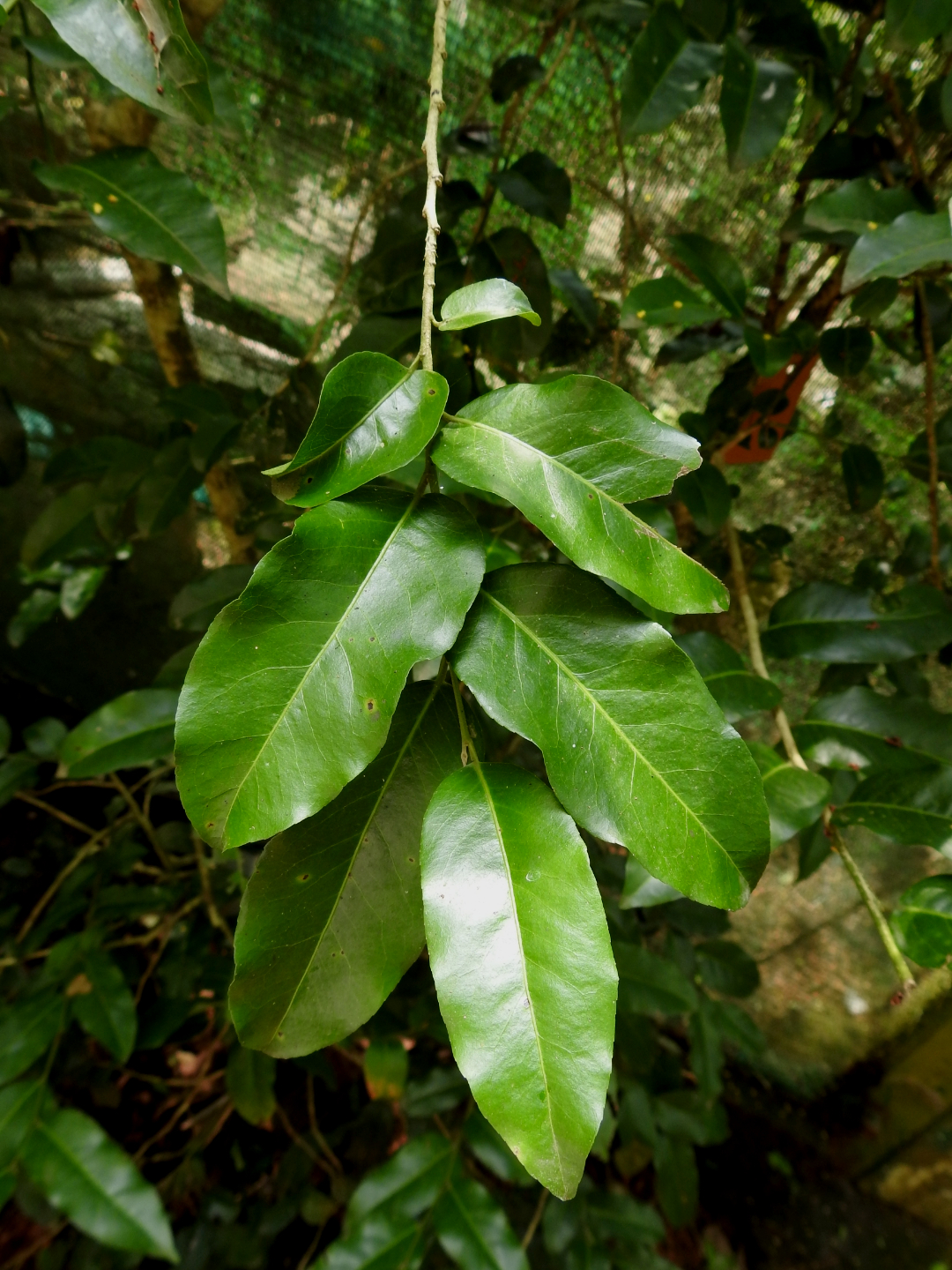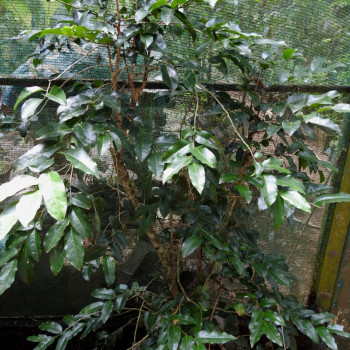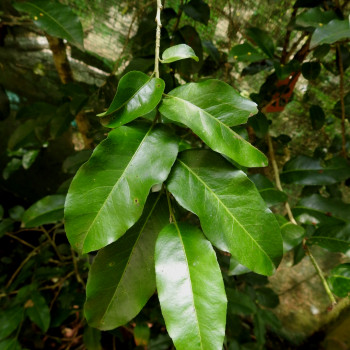Puthilanji, Putranjiva

Scientific Name :
Putranjiva roxburghii Wall.
Synonym(s) :
Drypetes roxburghii (Wall.) Hurus
Local/Common name(s) :
Puthilanji, Putranjiva
Family :
Putranjivaceae
Habit :
Tree
Flowering/Fruiting Time :
March-August
Habitat :
Moist and dry deciduous forests, also in sacred groves
Endemic :
Status (IUCN) :
Least Concern (LC)
Distribution :
Indo-Malaysia
Nativity :
Indigenous
Uses :
Medicine
Description (Morphology) :
Trees, to 20 m high, bark dark grey, whitish when young with horizontal lenticels; branches generally pendent; branchlets terete, brown or blackish, slender, pubescent. Leaves simple, alternate; stipule small, lateral, caducous; petiole 5-7 mm long, slender, pubescent; lamina 3.5-12 x 1.5-4.5 cm, elliptic-oblong, base oblique, apex shortly acuminate, acute or obtuse with retuse tip; margin serrate or serrulate, glabrous, dark green, shining, coriaceous; lateral nerves 8-12 pairs, pinnate, slender, ascending, prominent, intercostae reticulate, slender, prominent. Flowers unisexual, small, yellow; male flowers: sessile, in axillary spikes, 2-2.5 mm across; pedicels 1.5-2 mm long, glabrous; tepals 3-5, oblong, puberulous without, ciliate, obtuse, imbricate; stamens 2-4, 1.5-2 mm long; filaments thick, more or less connate towards base; anthers ovate, hairy; female flowers: solitary or in 2 or 3, axillary; pedicel upto 15 mm long, puberulous; bracts lanceolate; tepals unequal, oblong, puberulous without, ciliate, acute; ovary superior, globose, tomentose, 3-celled, ovules 2 in each cell; style 3, spreading, tomentose, often connate below into dilated into broad fleshy stigma; stigma crescent-shaped, glandular. Fruit a drupe, ovoid-ellipsoid, white tomentose; seed one, crustaceous; pedicels 6-25 mm long.



